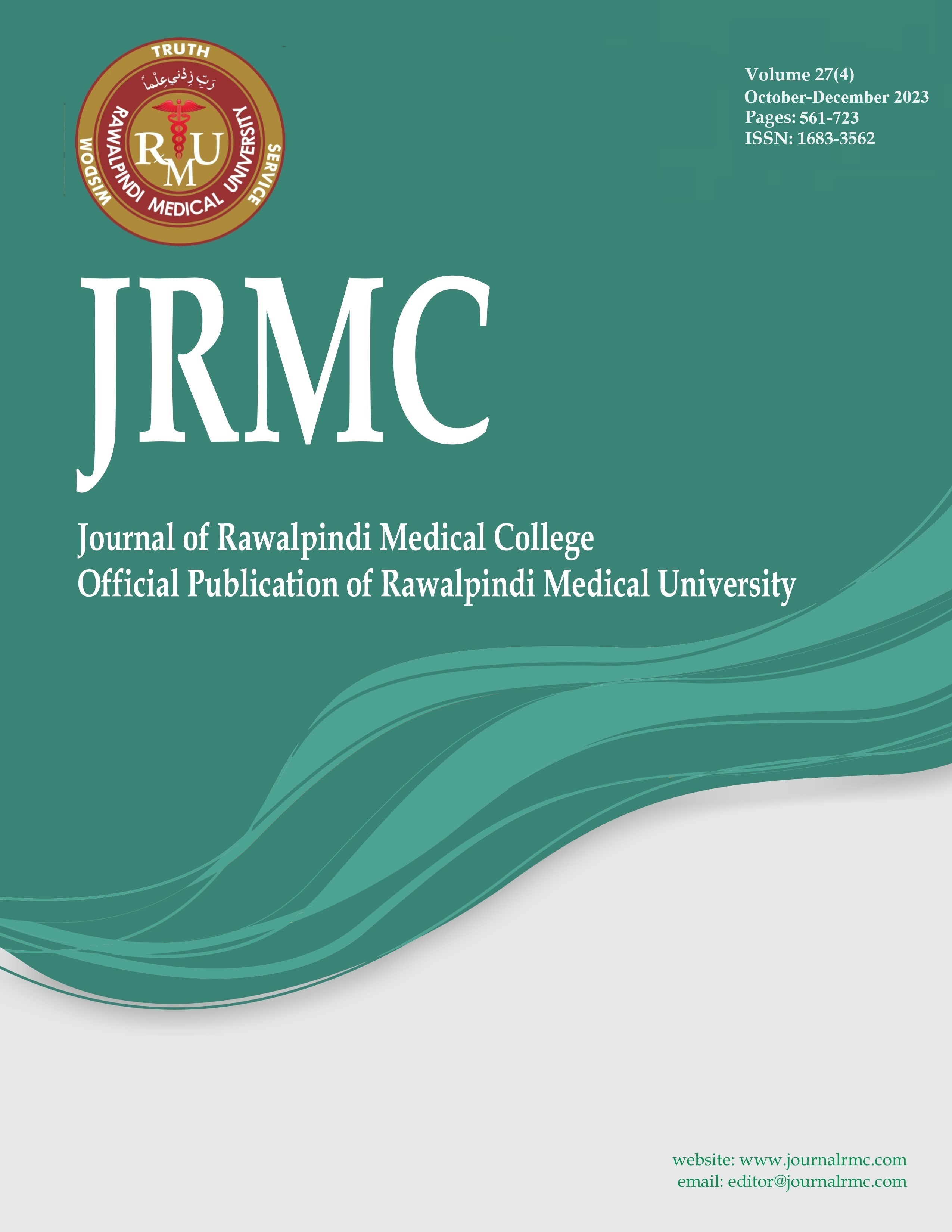Abstract
In the intricate tapestry of human history, the 21st century stands as a chapter marked by the recurring emergence of epidemics, each weaving its unique thread into the fabric of global health. From the haunting reappearances of familiar adversaries like influenza to the unexpected onslaught of novel viruses such as SARS-CoV-2, this era has borne witness to a diverse array of health crises that have tested the resilience of societies worldwide. The canvas of epidemics in the 21st century encompasses a spectrum of formidable adversaries. Changes in host population ecology, genetic mutations in pathogen reservoirs, the lack of disease control, the growing population, overcrowded urban areas, climate change, and globalization have resulted in the development of several epidemics and pandemics. The intermittent waves of influenza, with their ability to swiftly mutate, present an enduring challenge to containment and mitigation efforts. The advent of novel viruses like SARS-CoV, MERS-CoV, and most notably, the unprecedented COVID-19 pandemic, underscores the unpredictability and rapid global spread inherent in emerging infectious diseases. Monkeypox, yet another disfiguring and deadly infection, is reported in 20 countries and carries the potential to become another pandemic. Dengue is yet another significant challenge for the healthcare system of many under-developed countries, especially Pakistan, affecting many people each year. Pakistan is experiencing major public health threats in the face of the current massive flood that facilitates the transmission of this deadly disease. Almost one-third of Pakistan’s population is suffering from life-threatening infections, including cholera, malaria, typhoid, etc., due to flood consequences. The silent yet pervasive threat posed by antimicrobial resistance looms large, rendering conventional treatments ineffective and elevating the urgency for novel therapeutic strategies. The surge in non-communicable diseases, including obesity, diabetes, and cardiovascular ailments, amplifies the burden on healthcare systems and demands multifaceted preventive measures.
Amidst the convoluted landscape of epidemics, medical professionals confront an amalgamation of challenges. The imperative for robust preparedness, encompassing early detection, rapid response mechanisms, and efficient resource allocation, forms the cornerstone of epidemic management. Strengthening public health infrastructure remains pivotal, advocating for improved surveillance systems, enhanced laboratory capacities, and a resilient healthcare workforce. Addressing health disparities and ensuring equitable access to healthcare resources, especially in underserved communities, emerges as a fundamental tenet in epidemic management. The interconnectedness of our world mandates cohesive international collaborations, fostering information-sharing, research partnerships, and coordinated responses to combat epidemics transcending geographical boundaries. The crucible of epidemics in the 21st century compels us to acknowledge the imperativeness of collective resilience and concerted efforts. As we navigate the uncharted territories of emerging infectious threats and persisting health challenges, the amalgamation of scientific innovation, proactive policy interventions, and unwavering global solidarity becomes indispensable. In the pursuit of a healthier, more resilient future, the role of medical professionals stands as a beacon of hope, steering us through the turbulent seas of epidemics with unwavering dedication and expertise. Let us, as a global community, harness our collective strength and fortitude to confront these challenges, transcending boundaries, and fostering a world where health equity and preparedness prevail.
References
Vaughan A, Aarons E, Astbury J, Brooks T, Chand M, Flegg P, Hardman A, Harper N, Jarvis R, Mawdsley S, McGivern M. Human-to-human transmission of monkeypox virus, United Kingdom, October 2018. Emerging infectious diseases. 2020 Apr;26(4):782.
Roychoudhury S, Das A, Sengupta P, Dutta S, Roychoudhury S, Choudhury AP, Ahmed AF, Bhattacharjee S, Slama P. Viral pandemics of the last four decades: pathophysiology, health impacts and perspectives. International journal of environmental research and public health. 2020 Dec;17(24):9411.
Adini B, Singer SR, Ringel R, Dickmann P. Earlier detection of public health risks–Health policy lessons for better compliance with the International Health Regulations (IHR 2005): Insights from low-, mid-and high-income countries. Health Policy. 2019 Oct 1;123(10):941-6.

This work is licensed under a Creative Commons Attribution-ShareAlike 4.0 International License.
Copyright (c) 2023 Shawana Sharif





